Are Lab-Grown Diamonds Acceptable for Engagement Rings?
Introduction
In the world of fine jewelry, the choice between natural and lab-grown diamonds has become a topic of debate. When it comes to engagement rings, many individuals are now considering lab-grown diamonds as a viable option. However, skepticism may arise when considering a diamond that is considered "synthetic" or don't hold their value. In this article, we will explore the question: Are lab-grown diamonds acceptable for engagement rings?
Shop our lab grown diamond engagement ring collection →

Understanding Lab-Grown Diamonds
A lab-grown diamond, also known as a lab-created or synthetic diamond (but this is incorrect terminology), is a diamond that has been manufactured in a controlled laboratory environment. These diamonds are created using advanced technology that replicates the natural diamond formation process. There are two popular methods used to create lab-grown diamonds: Chemical Vapor Deposition (CVD) and High Pressure High Temperature (HPHT). Both methods produce diamonds that have the same physical, chemical, and optical properties as natural diamonds.

The Authenticity of Lab-Grown Diamonds
Lab-grown diamonds are just as real as diamonds that are mined from the earth. They possess the same characteristics, including shape, size, color, and clarity grades. In fact, lab-grown diamonds receive certification from reputable gemology certifiers such as the Gemological Institute of America (GIA) and the International Gemological Institute (IGI). These certifications ensure that lab-grown diamonds meet the same strict standards as natural diamonds.

Expert Opinions on Lab-Grown Diamonds
Visually, it is nearly impossible to distinguish between natural diamonds and lab-grown diamonds. Both types of diamonds have the same hardness level and durability. In 2018, the Federal Trade Commission recognized lab-grown diamonds as real diamonds. The Gemological Institute of America (GIA) has been grading laboratory-grown diamonds since 2007 and no longer uses the term "synthetic" in their reports. This further supports the fact that lab-grown diamonds are considered genuine diamonds by experts in the industry.
Shop our lab grown diamond engagement ring collection →

The Differences Between Lab-Grown and Natural Diamonds
Although lab-grown diamonds are visually identical to natural diamonds, there are some differences between the two. One of the key differences is the presence of nitrogen. Natural diamonds have tiny amounts of nitrogen, while lab-grown diamonds are nitrogen-free. This distinction is one of the ways gemologists can determine if a diamond is lab-grown or naturally mined.
Another significant difference lies in the formation process. Natural diamonds are created deep within the earth's crust over millions of years, whereas lab-grown diamonds are formed in a controlled lab setting. The lab-grown diamond creation process significantly reduces the growth time from millions of years to just a few months. However, it is important to note that both types of diamonds go through a cutting and polishing process to achieve their final appearance.

The Sustainability of Lab-Grown Diamonds
One of the main advantages of lab-grown diamonds is their potential for lower impact on the environment. While natural diamond mining can have many negative environmental and social impacts, lab-grown diamonds can offer a better alternative. The production of lab-grown diamonds requires slightly less energy and water compared to traditional mining. Additionally, lab-grown diamonds do not contribute to habitat destruction or the exploitation of workers and are "conflict-free".
However, lab diamonds are not without their flaws. There is still a high energy consumption associated with many of the main lab diamond manufacturing companies, often powered by fossil fuels. Lab diamonds also still require mining of carbon or petroleum to make the crystal. There are some companies that are cleaning up the lab diamond manufacturing process. Brands like AETHER Air Lab Diamonds and certifications like SCS sustainably rated diamonds attempt to tackle the sustainability and opaque labor issues in Lab Diamond production.
Shop our lab grown diamond engagement ring collection →

The Affordability of Lab-Grown Diamonds
Price is often a significant factor when choosing between natural and lab-grown diamonds. Lab-grown diamonds are generally more affordable than natural diamonds. On average, lab-grown diamonds can be around 30-50% less expensive than their natural counterparts. This price difference allows individuals to purchase a larger diamond for the same budget. It is important to note that the price of both natural and lab-grown diamonds is determined by factors such as cut, color, clarity, and carat weight.
Resale Value and Market Perception
When it comes to the resale value of diamonds, this is a controversial topic. It is important that know that technically speaking no diamond will hold their value and be appropriate for resale purposes. Meaning if you buy a piece of diamond jewelry and sell it back to brokers you will always have a significant loss in value of what you originally paid. Diamond jewelry has the misconception that they are investment commodities and unfortunately they are not. Diamond jewelry is meant to be enjoyed for a long time not resold on the market. The only investment quality pieces will be exceptionally rare diamonds and designs. Another positive resale scenario is if you inherit heirloom jewelry that is aged significantly causing the price of the original piece to be much lower than the current resell market price thus returning a profit.
With that said, natural diamonds tend to hold more of their value better than lab-grown diamonds because of the rarity factor and higher perceived value. However, as lab-grown diamonds gain more popularity and acceptance in the market, their resale value may become more stable.
Shop our lab grown diamond engagement ring collection →
Personal Preference and Considerations
Ultimately, the choice between natural and lab-grown diamonds for an engagement ring comes down to personal preference and individual priorities. Some individuals may prefer the traditional allure and rarity of natural diamonds, while others may prioritize affordability and accessibility offered by lab-grown diamonds. It is essential to assess your values, budget, and desired characteristics in a diamond before making a decision.
Conclusion: Are Lab-Grown Diamonds Acceptable for Engagement Rings?
Lab-grown diamonds are indeed acceptable for engagement rings. They are real diamonds that possess the same physical and chemical properties as natural diamonds. Lab-grown diamonds can offer an ethical and affordable option without compromising on beauty and quality. However, it is important to consider the way the diamonds were sourced when deciding between natural and lab-grown diamonds. By understanding the differences and considering your values, you can make an informed decision that aligns with your individual needs and priorities.
Explore our Lab Diamond Engagement Ring Collection Here >
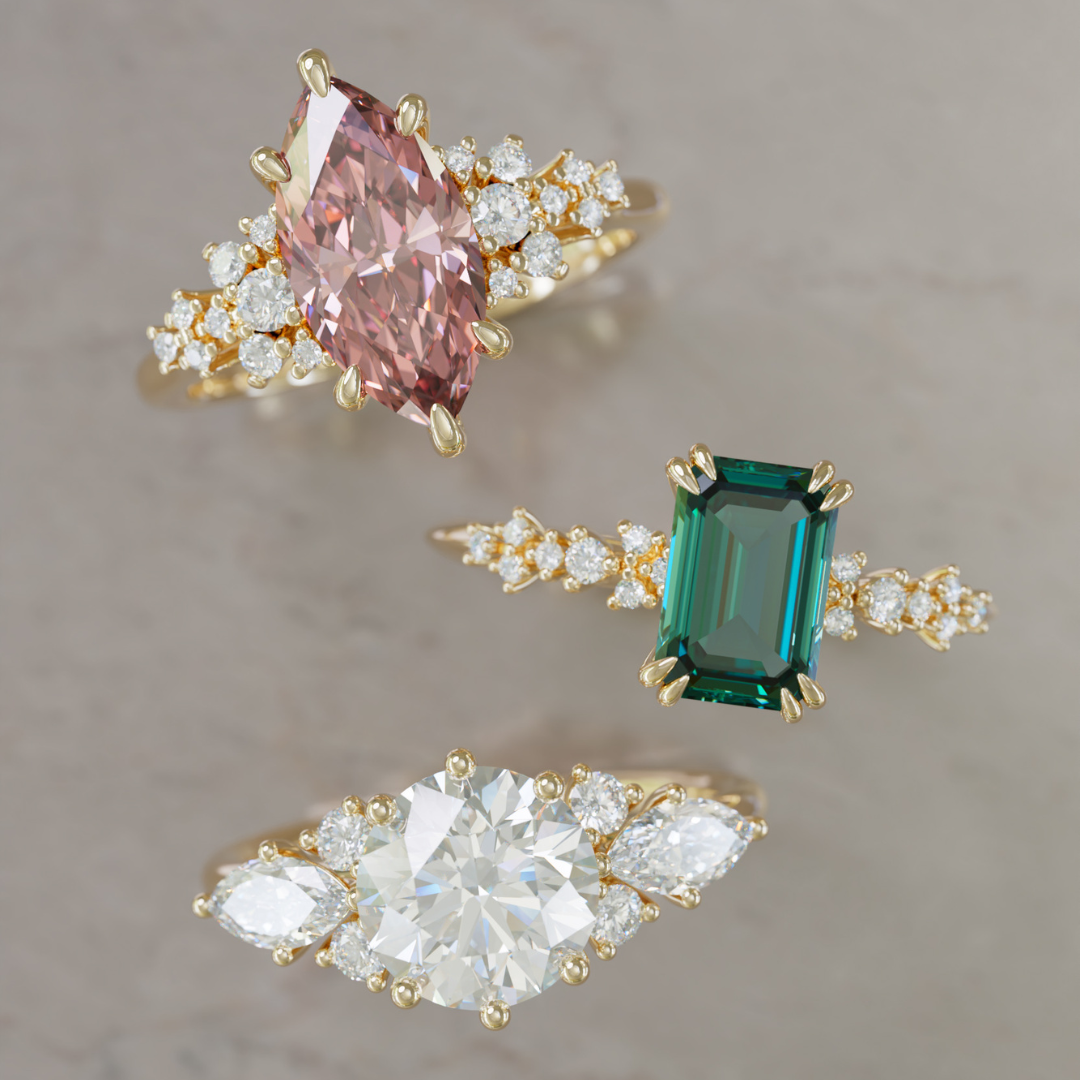



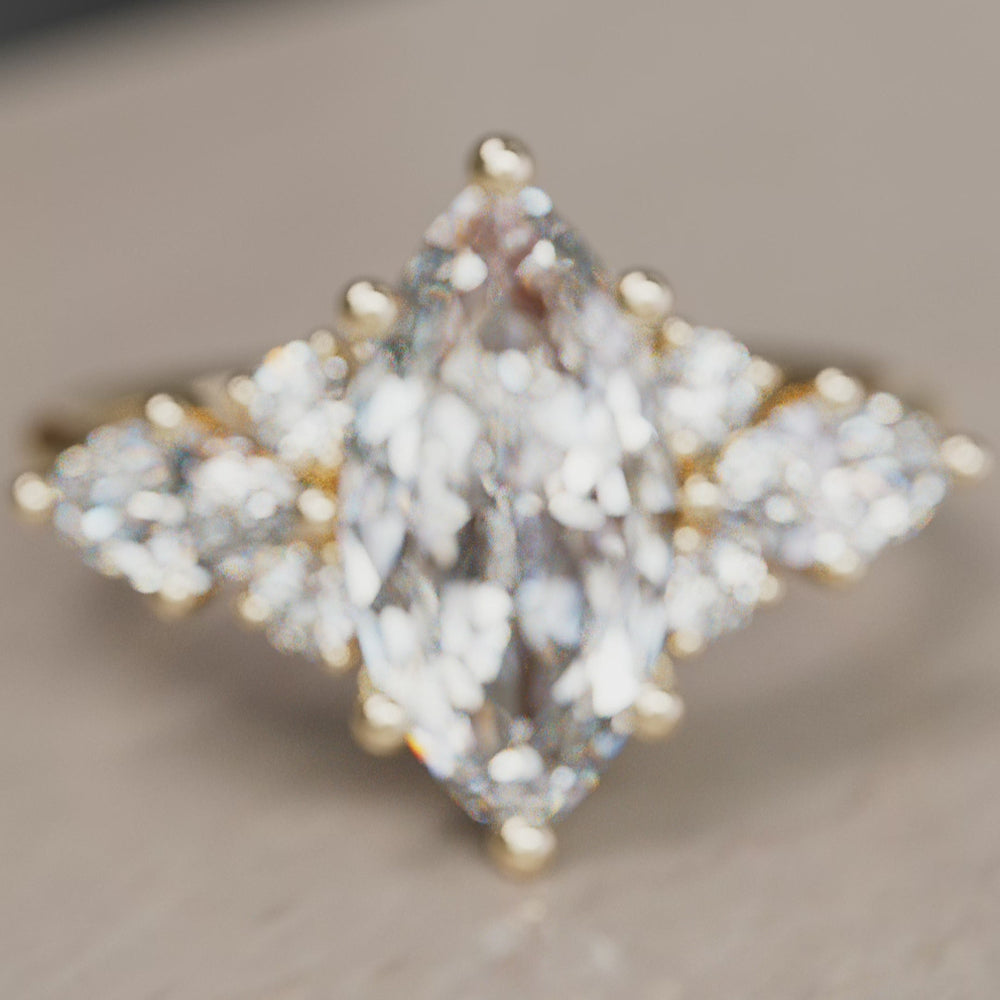



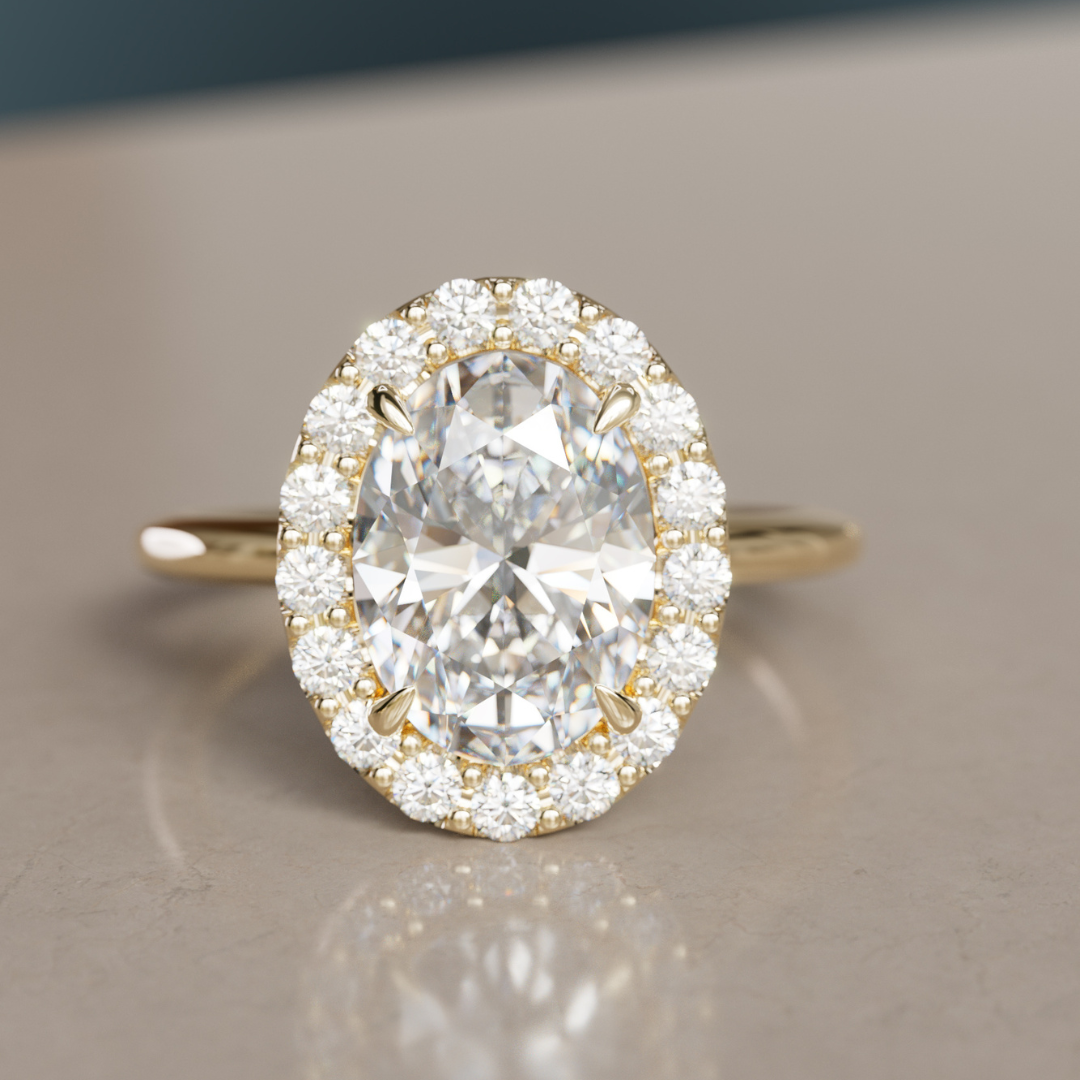
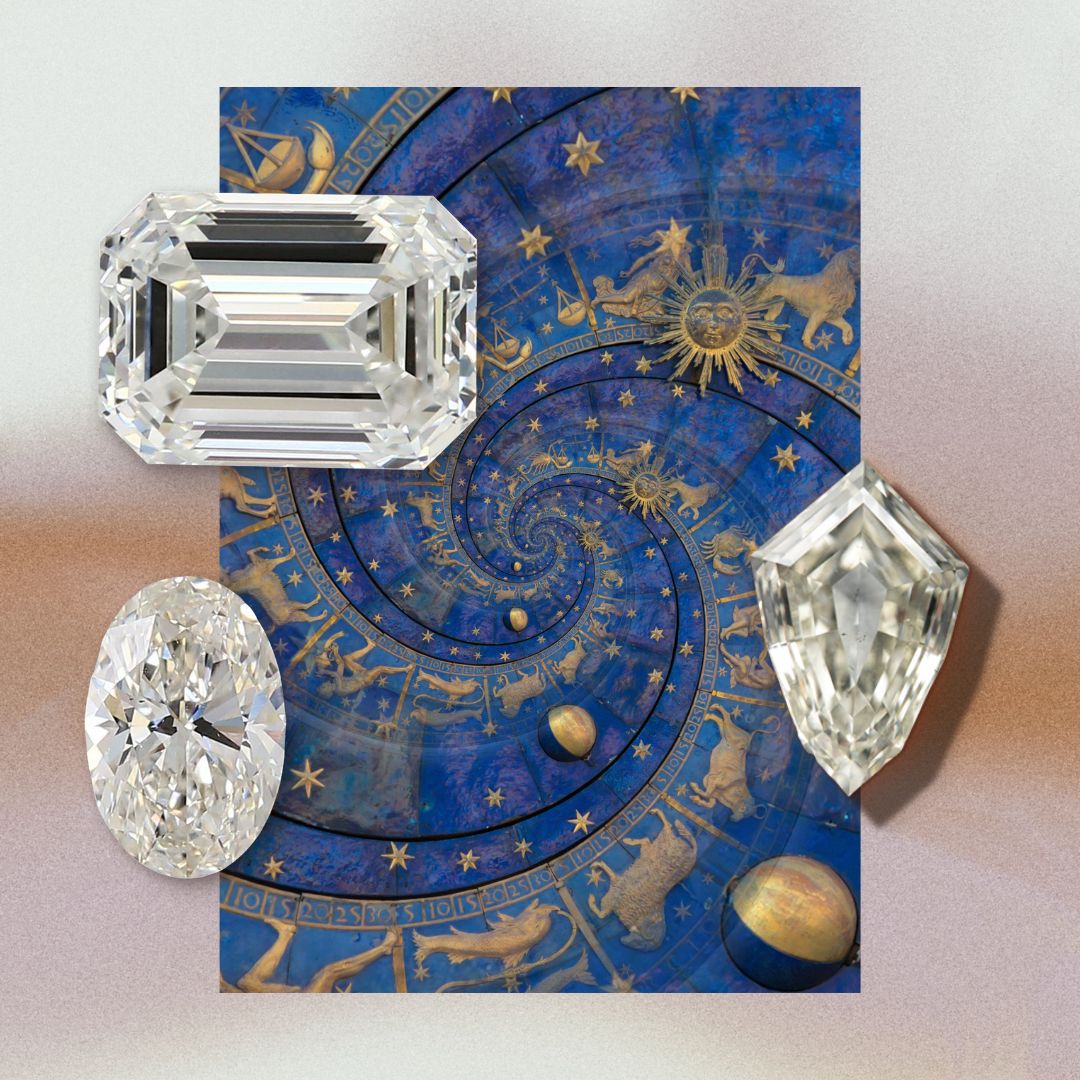





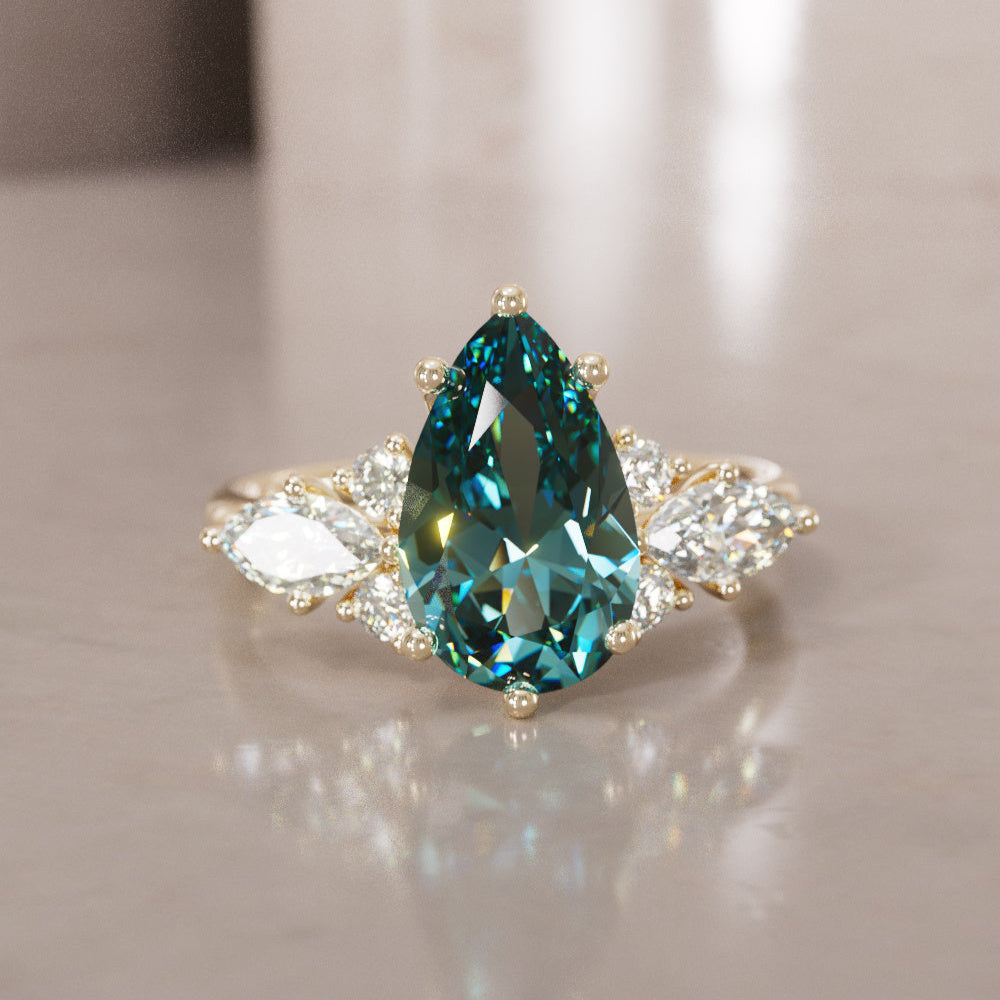
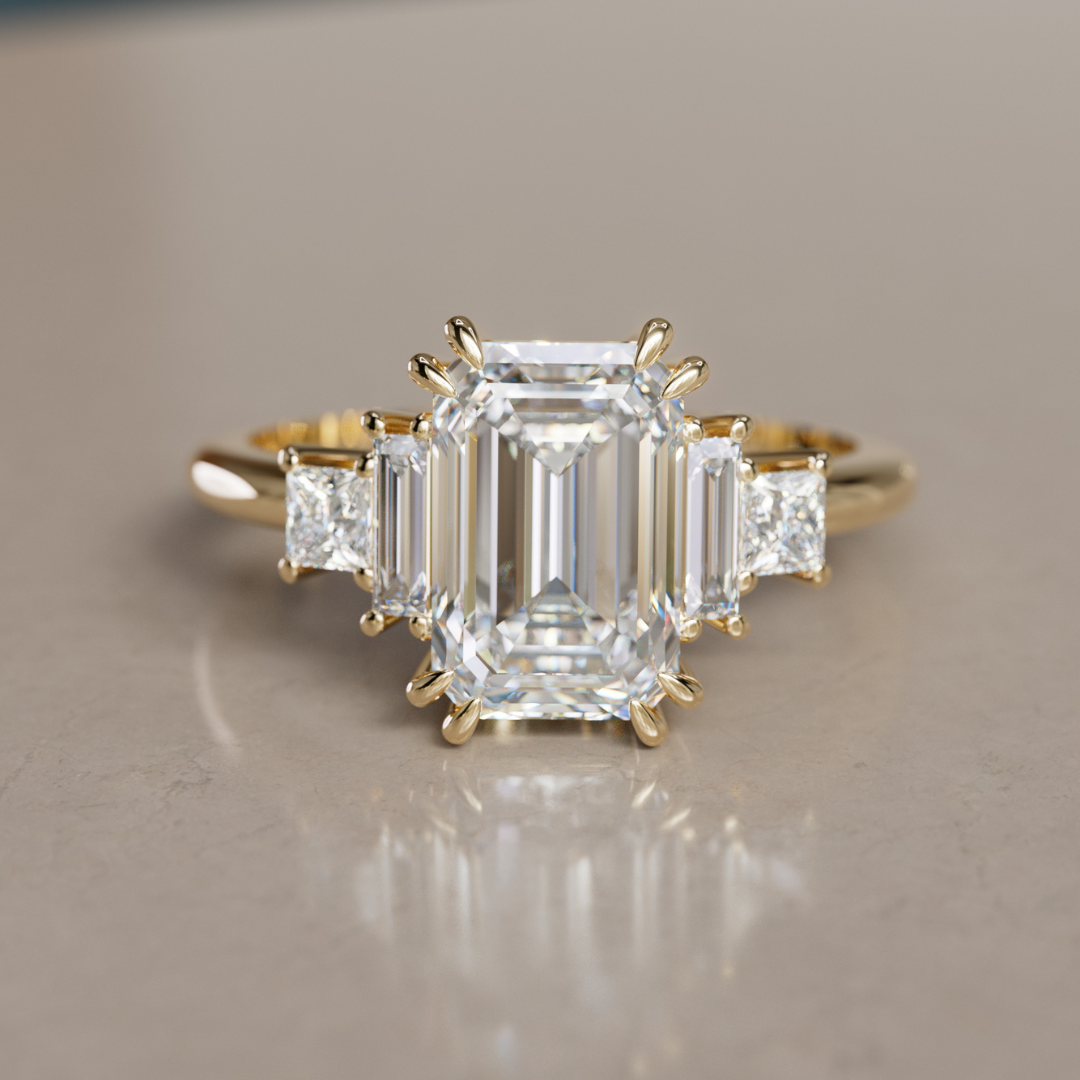

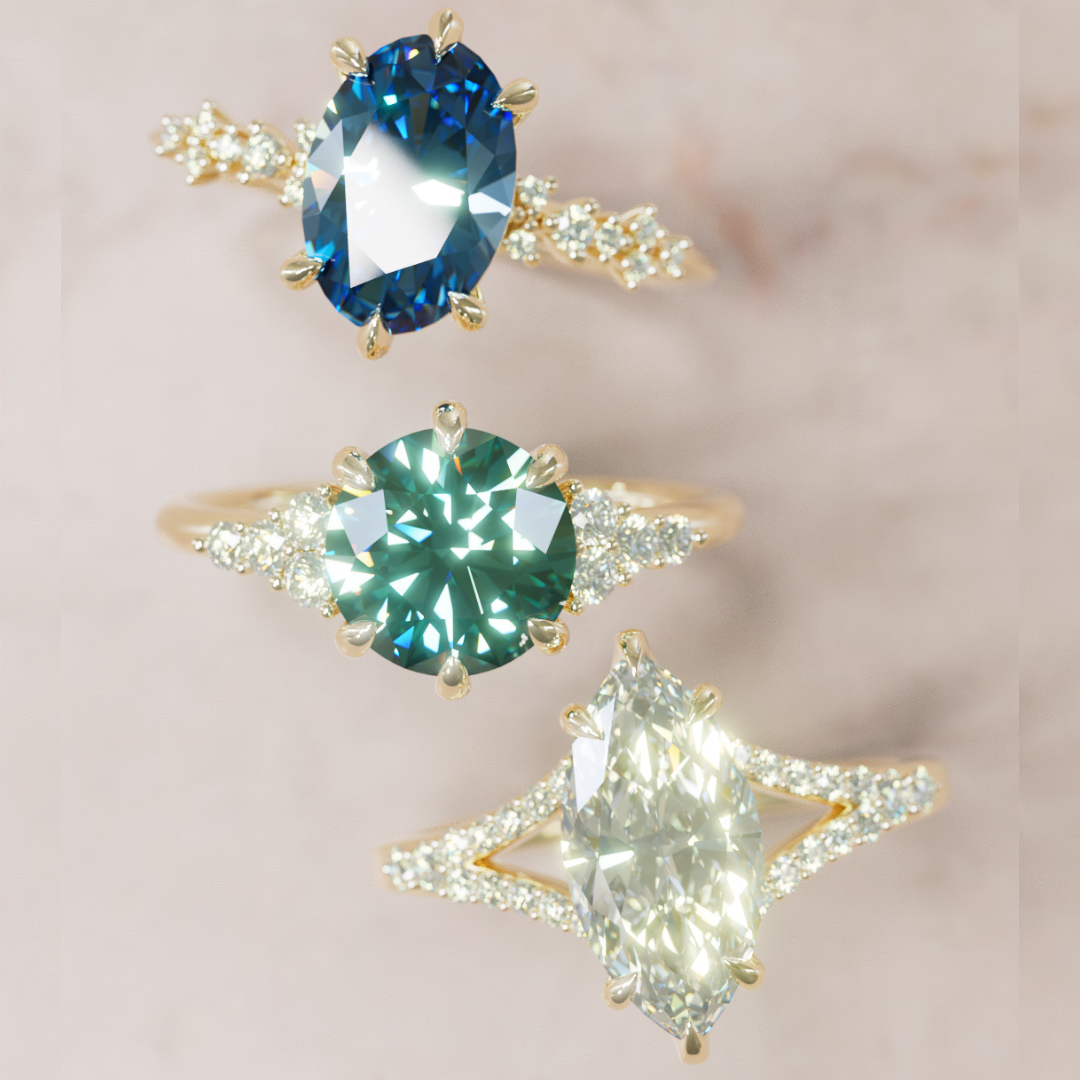
Leave a comment